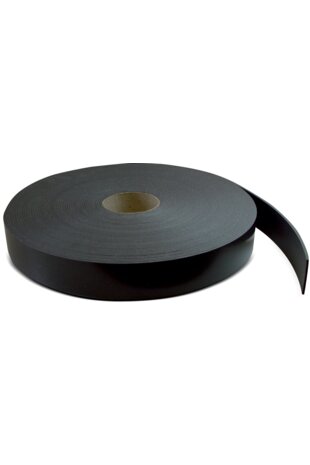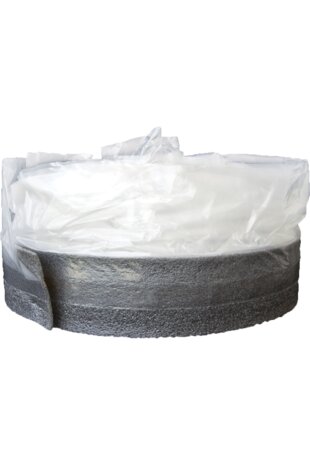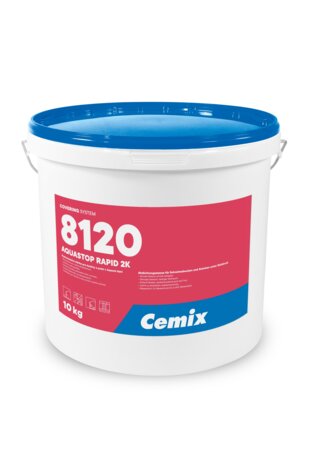|
5281
SCREED RAPID 40MPa
Formerly 280
For fast construction progress for balconies and terraces
Walkable after 2-4 hours.
- Fast-setting cement screed: Walkable after 2 - 4 hours. Waterproofing applicable and tileable after after 24 hours. For creating bonded and floating screeds. Contains fibres for high durability and variable thickness: To create water-repellent slopes on balconies and terraces. Frost-resistant. Outdoor suitable. For wet areas. Wide range of application thicknesses of 5-100mm: For application on very uneven substrates. F7: With higher flexural strength also for creating floating screeds of 35mm. 40MPa high strengths: For loads up to 2,5t on ramps production and industry. To be covered with floor coverings e.g. tiles, PVC, epoxy coatings, etc.
Area of application
- Outdoor: floor
- Indoor: floor
Heating and cooling area
- Floor
Processing method
- For hand and machine processing
- Manual creation of combined (connected) and floating screeds for laying floor coverings (tiles, PVC, epoxy coatings, etc.).
- Creation of screeds with the possibility of walking after 2-4 hours; tile application - after 24 hours at the earliest.
- Ideal for areas where higher strength and durability are required; particularly suitable as a levelling screed with variable thickness.
RECOMMENDED SYSTEM PRODUCTS
Processing details
Learn more about technical details for processing this product.
Substrate requirement
The substrate must comply with the applicable standards, must be solid, free of loose particles, free of dust, paint, residues of demoulding substances and efflorescence. It must be sufficiently rough, dry and evenly absorbent. The surface shall not be frozen or water-repellent. The substrate must be stable in volume.
Substrate preparation
A bonded layer: Before applying the screed to the old concrete, the substrate must be moistened and treated with Cemix contact bridge 1500.
Floating layer: Separate the substrate with a suitable separation layer e.g. PE 0.2mm. Thermal and acoustic insulators must be stacked together without gaps. Working or structural joints must be respected and must be created perimeter dilatation of vertical building elements (walls, pillars, pipes, etc.). The substrate must comply with the applicable regulations, standards or recommendations of the material manufacturer.
Preparation of the mixture
Prepare the material by pouring the dry mixture into the prescribed amount of water and mixing it. Use potable water or water complying with EN 1008 to mix the mixture. Mix using a slow speed propeller mixer. Mix to a homogeneous, lump-free mixture and leave to rest. Then mix again briefly. Use suitable machinery when processing by machine.
Water demand

| Quantity | Liters (Min) | Liters (Max) |
|---|---|---|
| 25 kg | 2.5 L | 3 L |
| 1 kg | 0.1 L | 0.12 L |
Mixing


Processing instructions
Spread the mass on the prepared substrate and compact it, e.g. with the strokes of a trowel. Then flatten the surface with a lath and smooth it with a plastic or steel trowel. An advantage is the possibility of pulling down with a vibrating lath.
Application thickness

| Minimum layer thickness | 5 mm |
|---|---|
| Recommended layer thickness | 40 mm |
| Maximum layer thickness | 100 mm |
Consumption

Yield
| Material consumption | at | unit | Yield |
|---|---|---|---|
| 25 kg | 40 | MM | 0.32 m² |
| 1,000 kg | 40 | 12.82 m² |
Working time (potlife)

30 min
Walkability after

2 h
Treatment after application
Avoid the negative effects of sun, heat, humidity and draughts. Protect from frost and rain. Direct heating of the surface is prohibited. Keep the screed in a moist condition for 2-3 days.
Tool and cleaning instructions
Wash off tools with water immediately after finishing work. Clean dried residues mechanically.
References
Technical parameters
| Main binder | Grey cement |
| Flammability class | A1fl |
| Max. grain size | 4mm |
| Full load after | 3 d |
| Compressive strength 28 days in N/mm² | 40 N/mm² |
| Flexural strength 28 days in N/mm² | 7 N/mm² |
| Thermal conductivity λ in W/(m.K) | 1.5 |
| Dry bulk density in Kg/m³ | 2100 |
| Dry bulk density in Kg/m³ to | 2300 |
| Release of corrosive substances | CT |
Download
|
|










